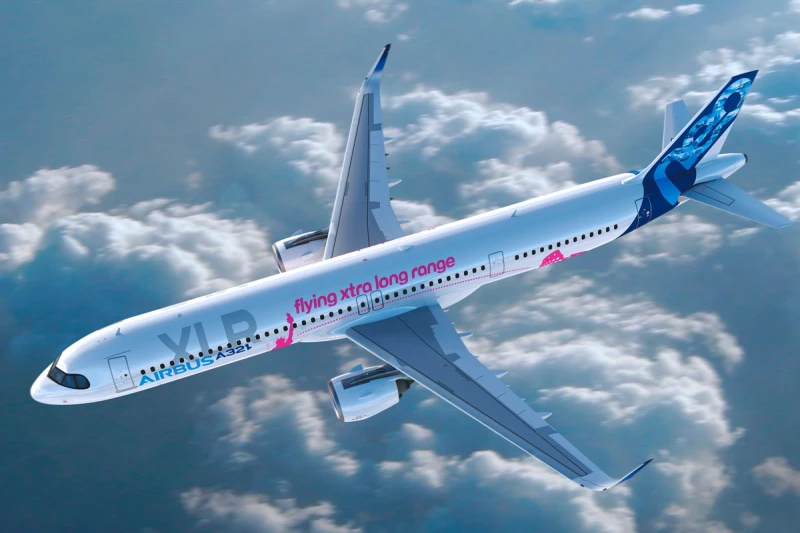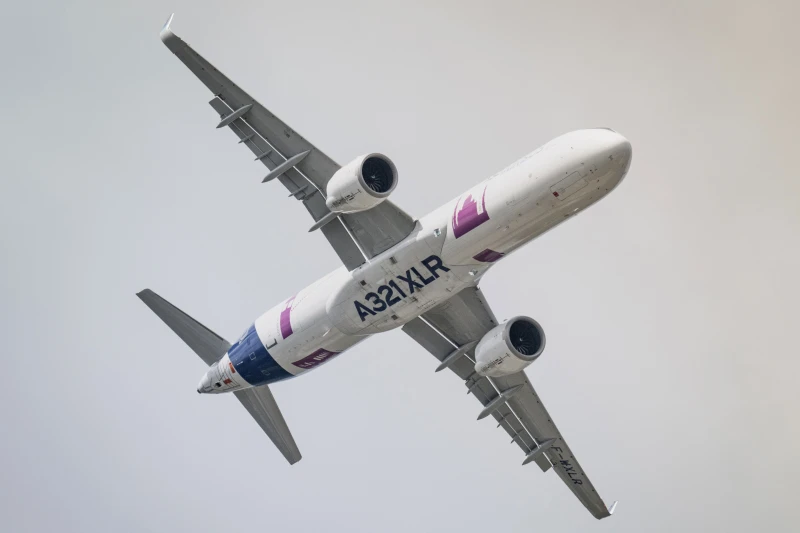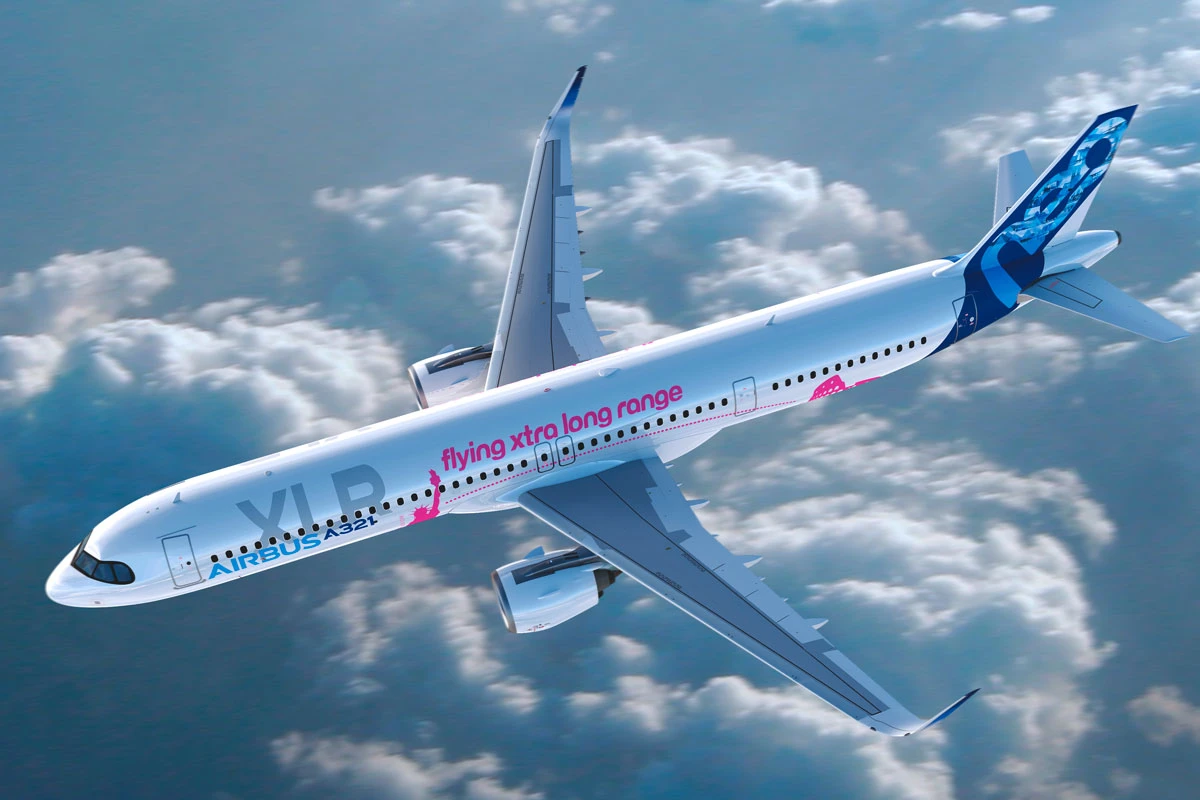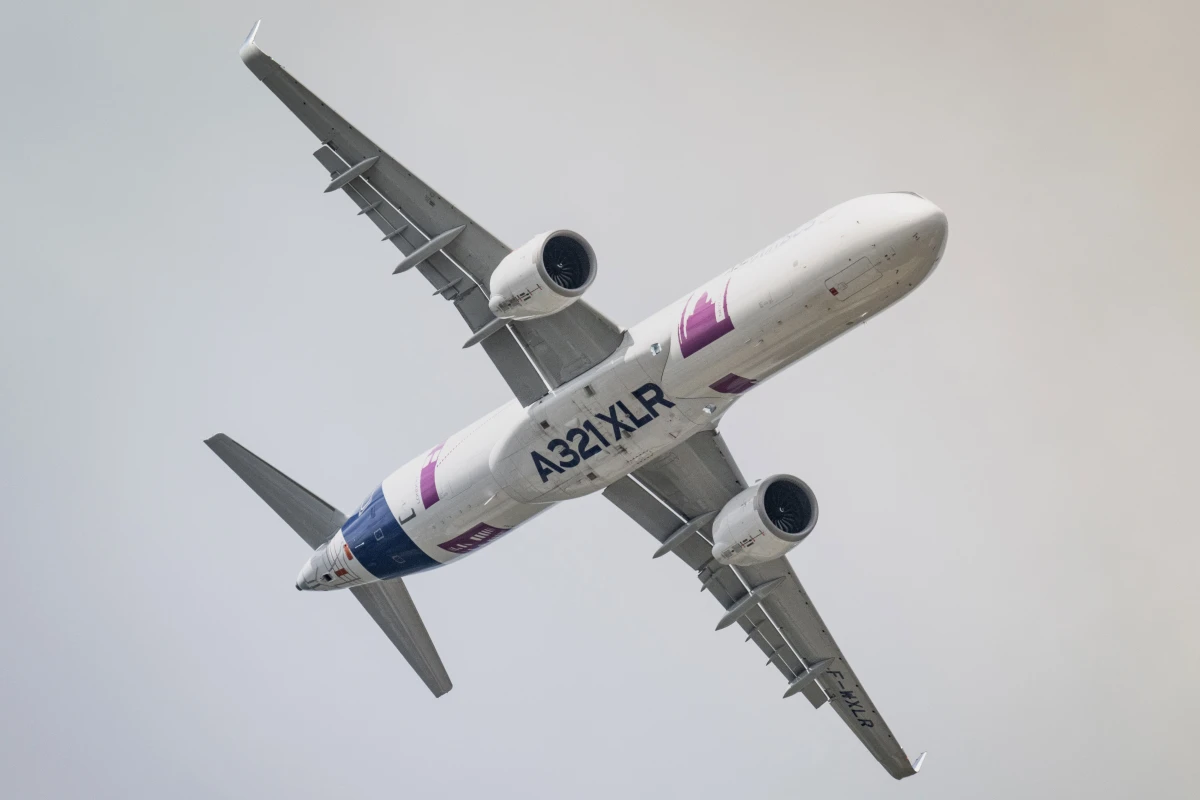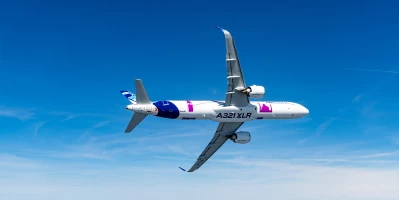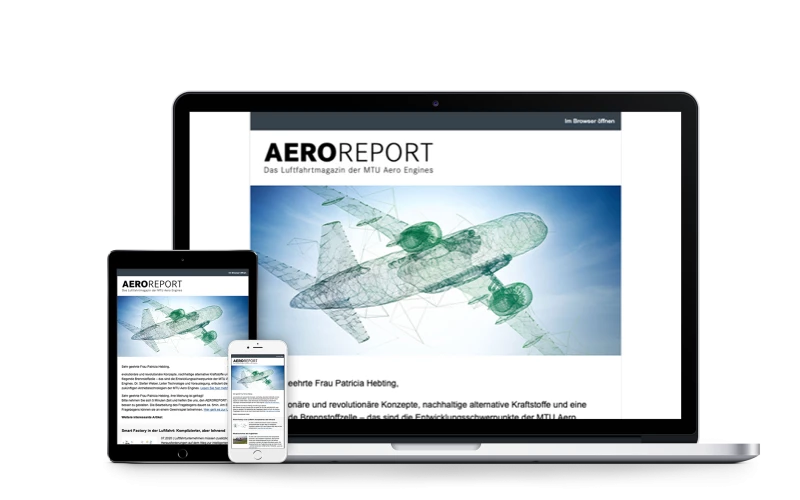good-to-know
Airbus A321XLR: A new chapter for aviation
The Airbus A321XLR will revolutionize long-haul flights because it can stay in the air for up to eleven hours. The new aircraft is set to enter service in this year.
09.2024 | author: Isabel Henrich | 3 mins reading time
author:
Isabel Henrich
studied political science and communications. At MTU, she coordinates the editorial process of AEROREPORT and is responsible for the conception and development of its content.
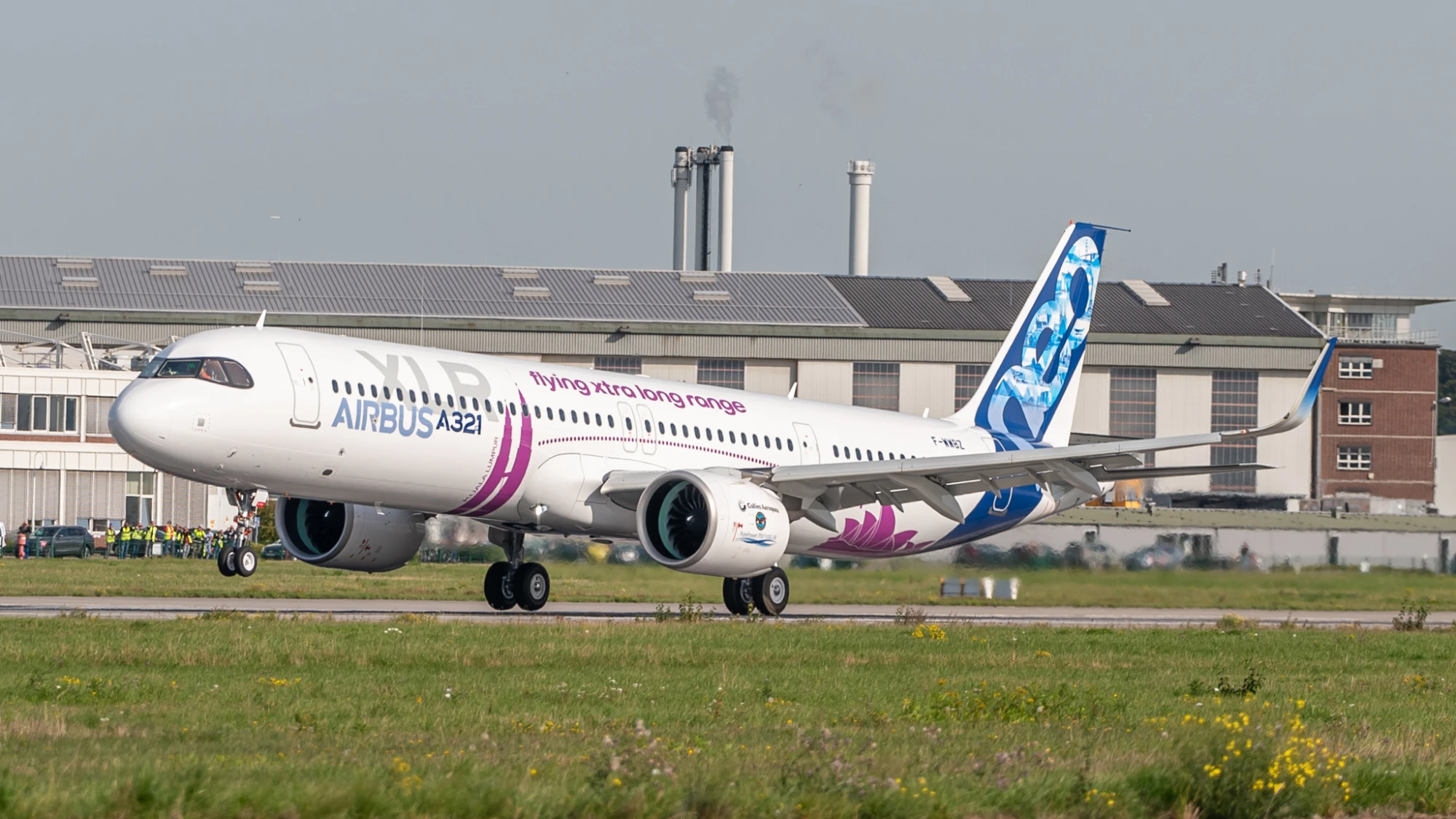
Boost for the Airbus A321 program: before the year is out, a new long-haul variant, the A321XLR (Xtra Long Range), is set to open up a whole new market segment. With a range of up to 8,700 kilometers, this single-aisle narrowbody will be able to carry a full payload over the kinds of long distances that are usually the preserve of widebody aircraft. Since introducing the A320 in 1988, Airbus has continuously developed the short and medium-haul aircraft model series. Launched in 2015, the A321LR (Long Range) already handles transatlantic flights, including for JetBlue.
Interest in the new model is high: more than 25 customers worldwide have already placed over 550 orders, including major airlines such as American Airlines, Iberia, and JetBlue. Iberia will receive the first A321XLR.

A321XLR: Facts, figures, dates
-
The maiden flight took place on June 15, 2022.
-
By July 2024, three special test aircraft had completed a total of around 1,450 flight test hours during more than 510 flights as well as carrying out ground tests. This means that the type certification of the A321XLR with LEAP-1A engines is imminent—and it won’t be long before the variant with PW1100G-JM engines achieves the same milestone.
-
The A321XLR has a range of up to 8,700 kilometers (4,700 nautical miles) with a maximum continuous flight time of eleven hours, making it the narrowbody aircraft with the longest range. By comparison, the A321neo has a range of around 6,480 kilometers (3,500 nautical miles), while the A321LR (Long Range) has a range of 7,400 kilometers (4,000 nautical miles).
-
From the outside, the A321XLR looks no different from an ordinary A321 or its successor, the A321neo. The main innovation is hidden in the fuselage: while a normal Airbus A321 holds 19 metric tons of kerosene, the XLR model also has a permanently installed rear center tank in the rear underfloor area, which holds 12,900 liters of fuel. This supplements the normal center tank, which can hold 8,190 liters. For XLR customers who want to make full use of the range, there’s the option of installing an additional extra tank ahead of the wings, like a luggage container in the cargo hold, which can hold another 3,121 liters.
-
To make full use of the new fuel capacity, the A321XLR’s maximum takeoff weight has been increased to 101 metric tons from the A321LR’s 97 metric tons.
-
In conjunction with the rear center tank, a new, larger, and reinforced belly fairing enables emergency landings on the belly. This extended fairing acts like a cushion on which the aircraft can glide safely to a standstill.
-
In a typical two-class configuration, the A321XLR can accommodate between 180 and 220 passengers.
-
The A321XLR lets airlines launch new long-haul routes that were previously possible only with widebodies, for example from New York to Rome or from London to Vancouver.

The A321XLR’s engines
To power the A321XLR, just as with the A320neo and A321neo, airlines can opt for either the LEAP-1A from CFM International or the PW1100G-JM from Pratt & Whitney.
With a maximum thrust of 35,000 pounds, the PW1100G-JM is part of Pratt & Whitney’s highly successful GTF engine family. MTU Aero Engines, with a program share of 18 percent, is responsible for the high-speed low-pressure turbine and the first four stages of the high-pressure compressor. It also carries out the final assembly of one-third of the production GTF engines at its Munich site. These engines are maintained at MTU Maintenance Hannover, MTU Maintenance Zhuhai, EME Aero, and MTU in Munich.
The GTF family is synonymous with efficiency and economy. Compared to the previous engine generation, it represents a reduction in CO2 emissions of 20 percent with a noise footprint that is 75 percent smaller.
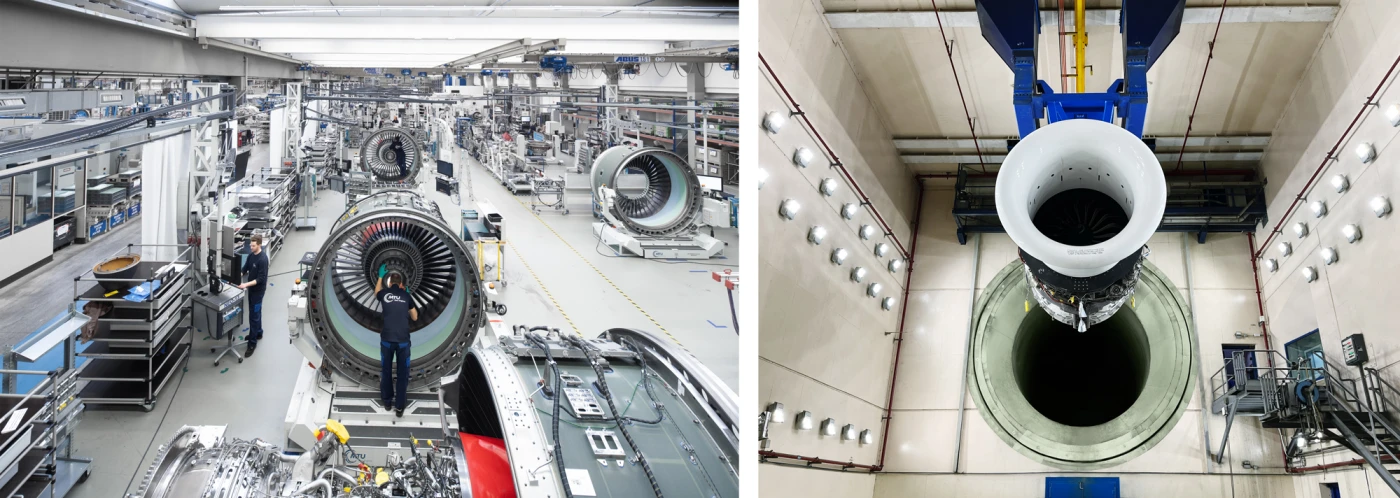
The A321XLR’s engines: The PW1100G-JM from Pratt & Whitney and the LEAP-1A from CFM International.
The LEAP-1A is a two-shaft turbofan engine with a maximum thrust of 35,000 pounds. The LEAP engine family from CFM International—a consortium comprising GE Aerospace and Safran Aircraft Engines—includes the LEAP-1A as well as two further models: the LEAP-1B, which powers the Boeing 737 MAX; and the LEAP-1C, which powers the Comac C919.
MTU Maintenance Zhuhai began maintaining the LEAP-1A in 2021. In addition, through MTU Maintenance Lease Services B.V. in Amsterdam, MTU offers a range of engine leasing options. The LEAP engine family is characterized by a 15 percent improvement in fuel consumption compared to previous versions.







